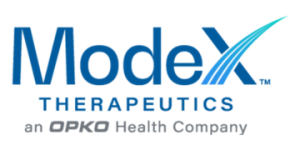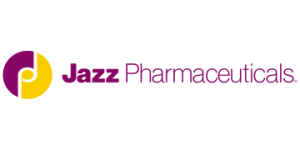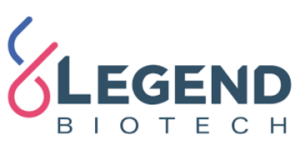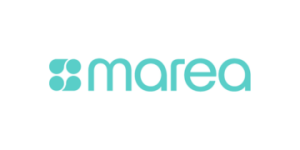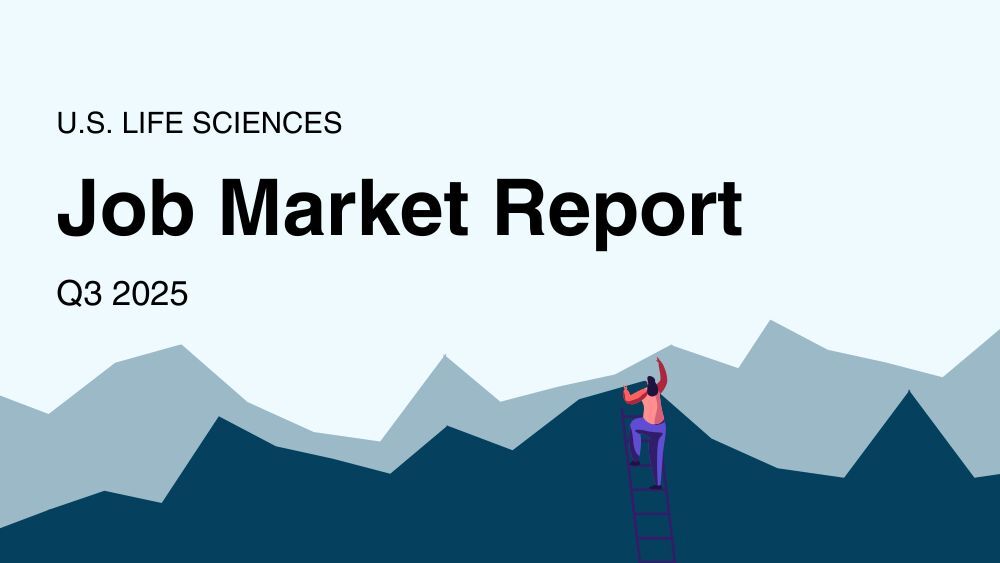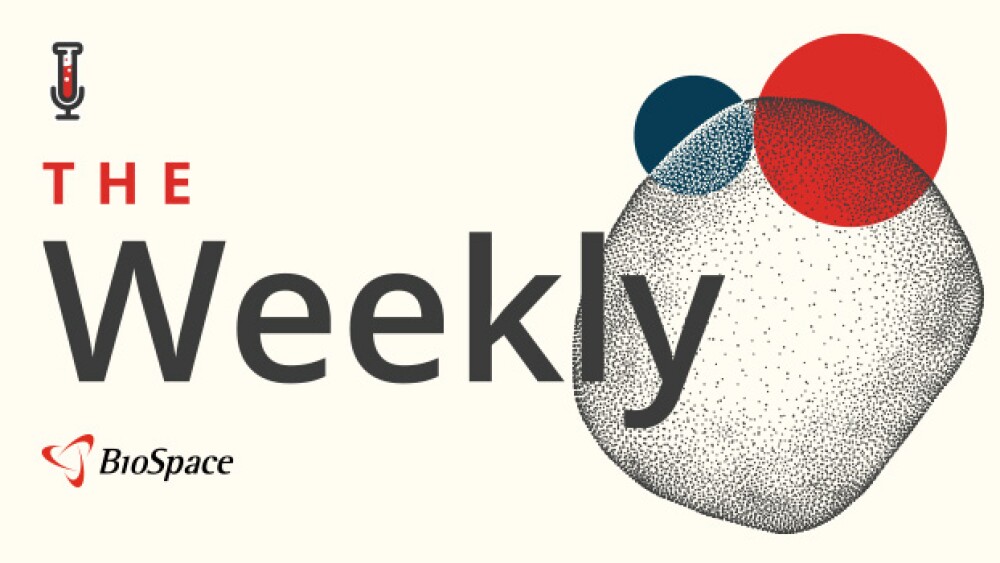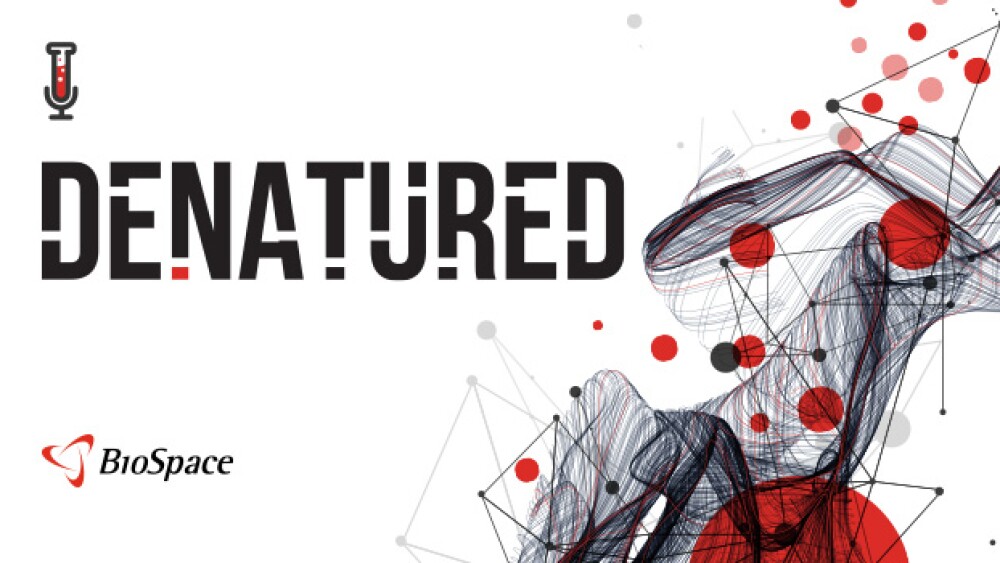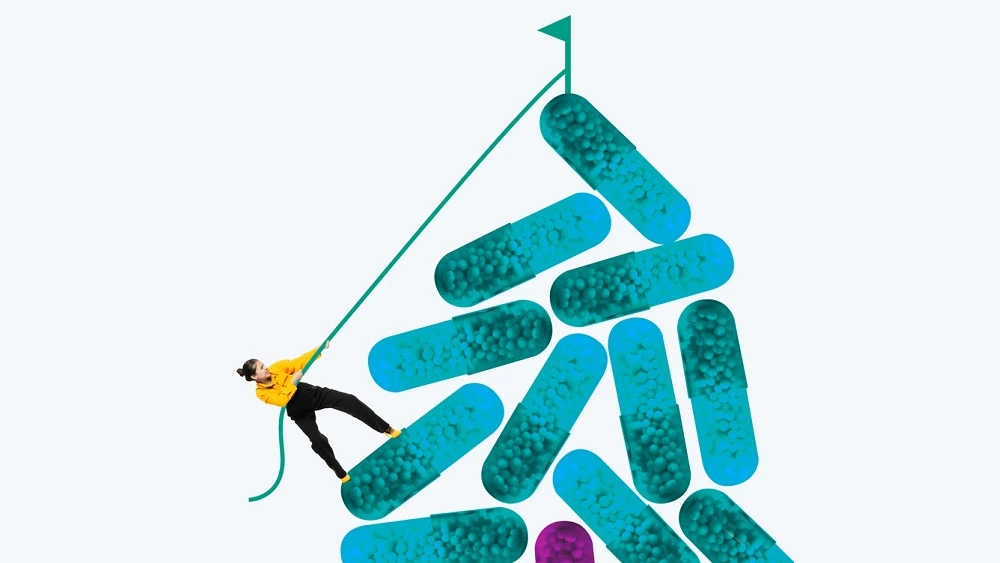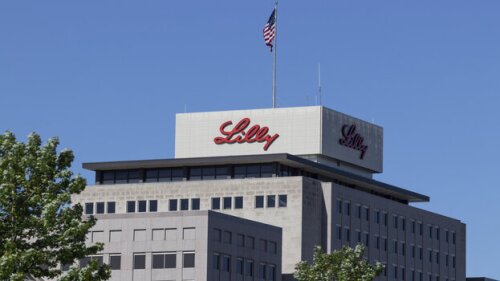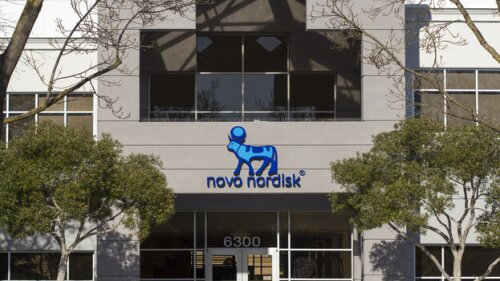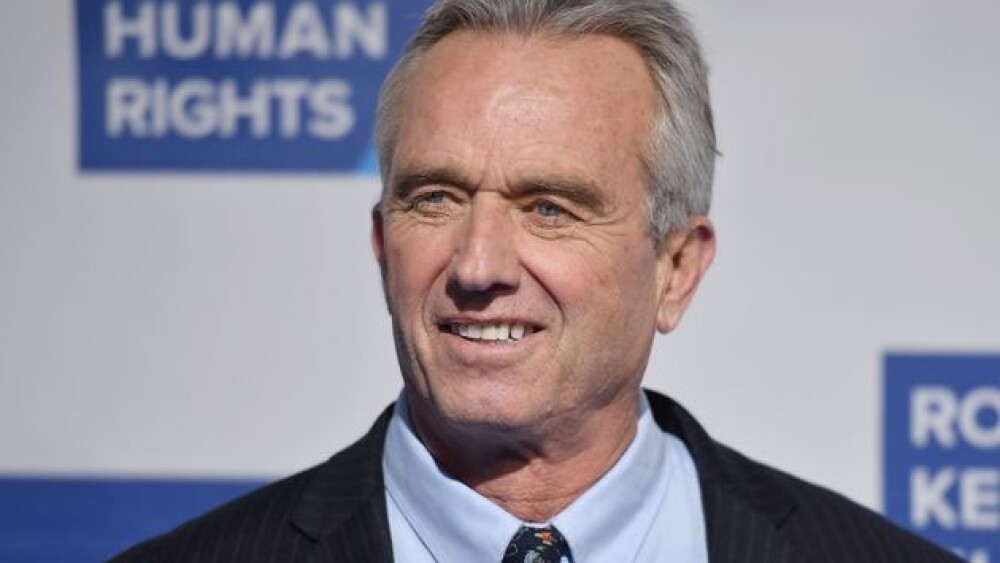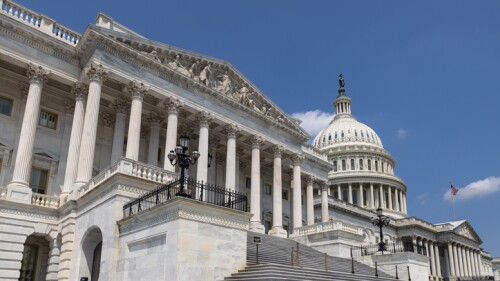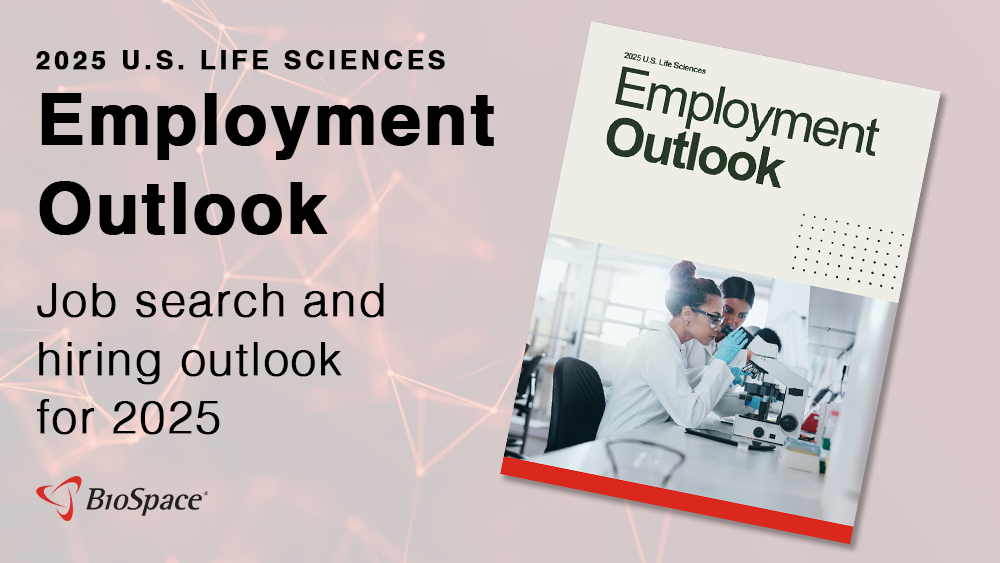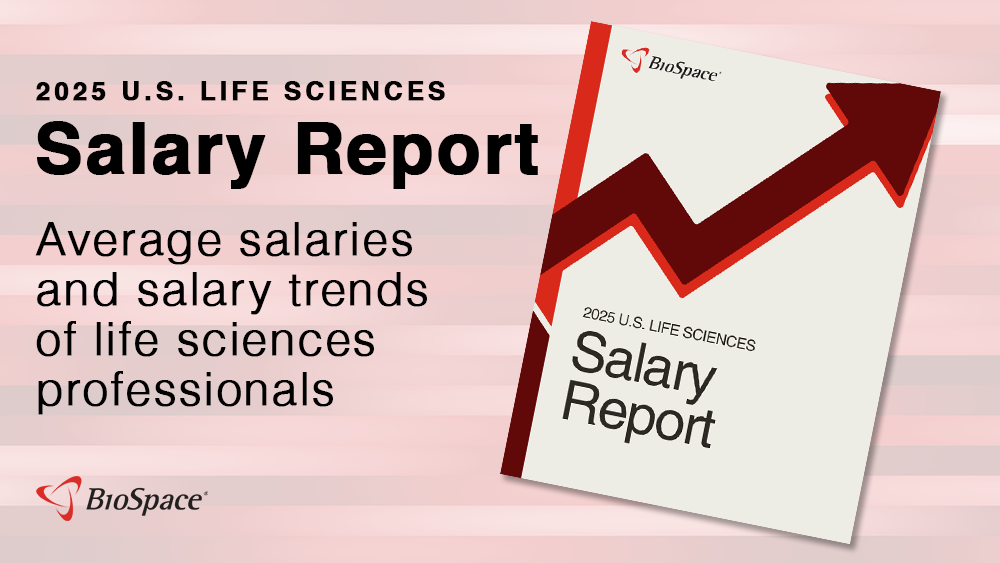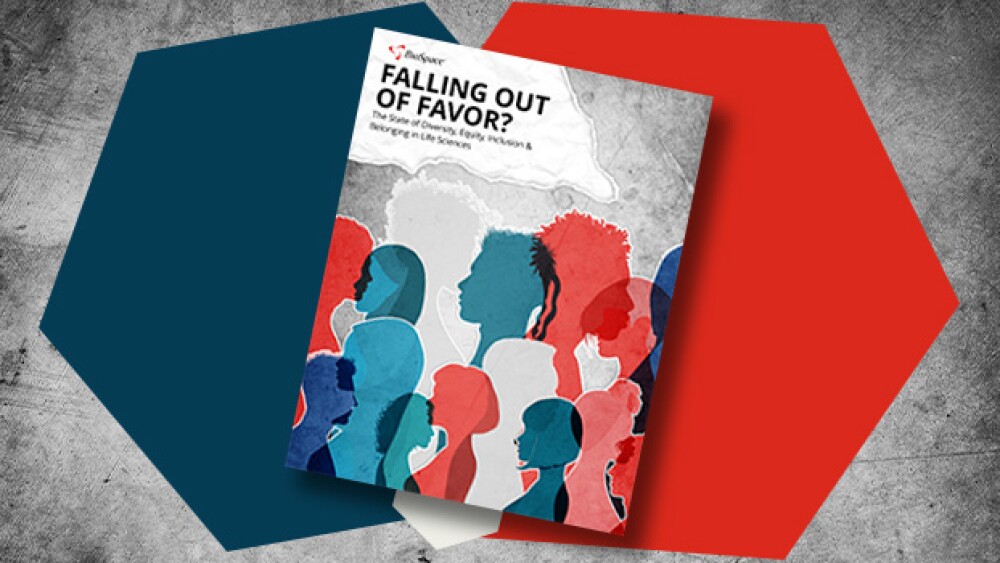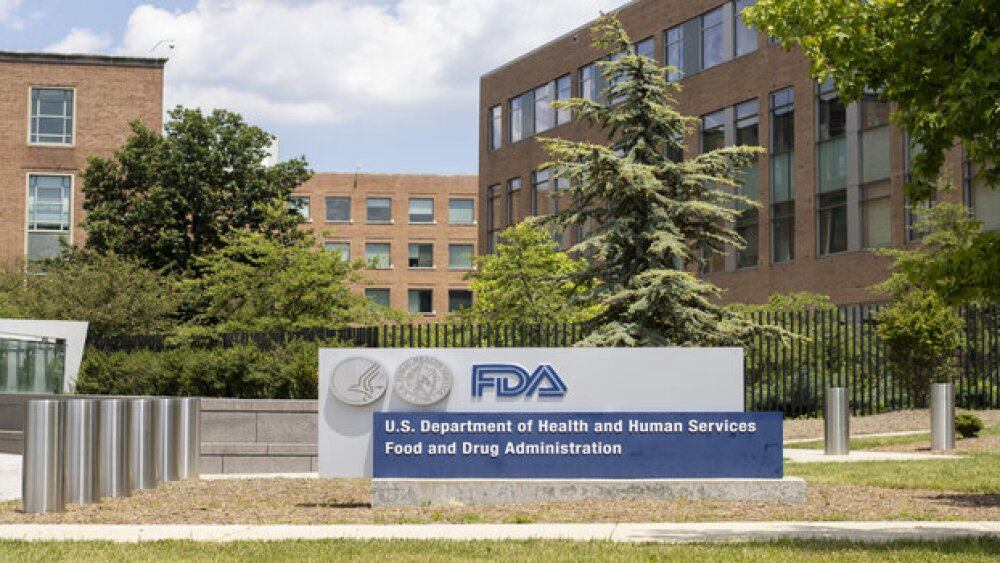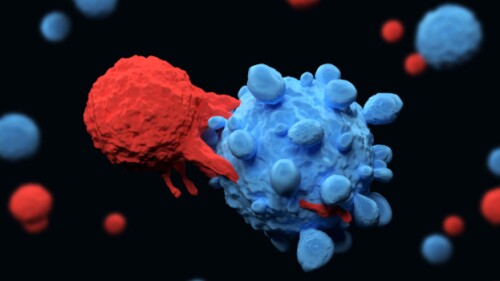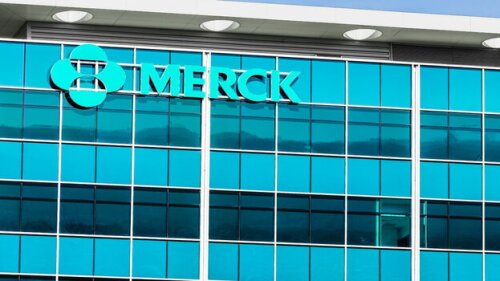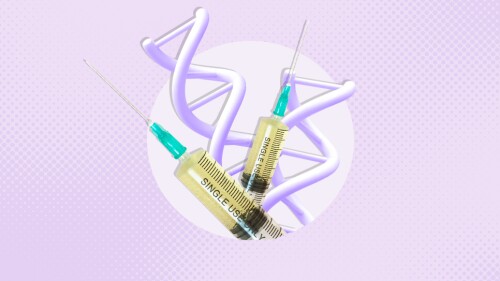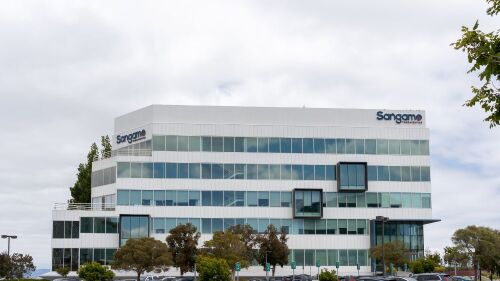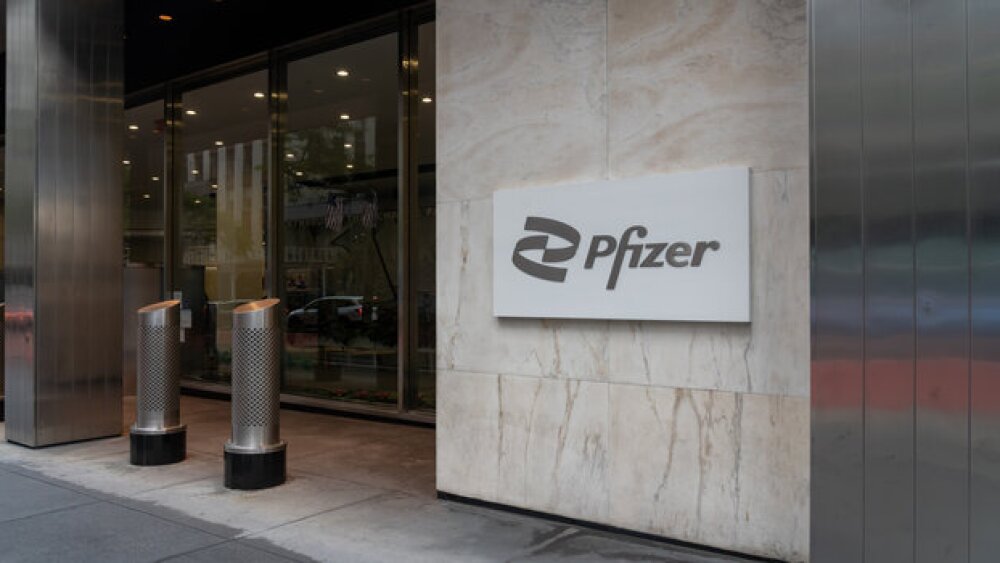In this webinar, we’ll explore how the Truveta Language Model (TLM)—a multi-modal AI model trained on EHR data—unlocks insights from clinical notes at scale. Watch now.
Massachusetts biopharma workforce growth was fairly flat last year, and R&D and manufacturing employment declined, according to a new MassBio report. BioSpace data further highlight challenges facing the state, showing roughly 2,300 people out of work in 2025 and jobs live on the website falling.
Scott Gottlieb, who served as FDA commissioner during the first Trump administration, wrote in a JAMA editorial that China is speeding drugs to market and could potentially surpass the U.S. in the innovation game.
AMX0035—approved as Relyvrio in 2022 for amyotrophic lateral sclerosis but voluntarily pulled from the market last year—was unable to distinguish itself from placebo in a mid-to-late-stage trial of progressive supranuclear palsy.
Novartis has bet up to $772 million to gain access to BioArctic’s BrainTransporter platform, which was leveraged in a partnership with Eisai to produce Leqembi.
Regeneron’s cemdisiran, used alone or in combination with its complement inhibitor Veopoz, significantly improved activities of daily living in patients with generalized myasthenia gravis.
FEATURED STORIES
The EPIC Act has been proposed with bipartisan and industry support to give small molecule drugs the same protection against price negotiation as biologics, but concerns over how to balance the federal budget could prevent a short-term fix to the IRA.
Around 25 companies have gone public this year, most of them in the early months. Most have tumbled from their original offer price.
By far, the largest acquisition of 2024 was Novo Holdings’ yet-to-be-closed buyout of manufacturer Catalent at $16.5 billion. Outside of that, the leading pharmaceutical companies kept to less than $5 billion per deal.
The darlings of the weight loss and diabetes spaces, GLP-1 receptor agonists have shown promise against Alzheimer’s in recent studies—with Phase III results expected next year from Novo Nordisk.
By speeding lifesaving drugs’ way to market and focusing on the underlying causes of disease, the pathway has helped save many lives.
President-elect Donald Trump and his incoming administration are unlikely to attempt a wholesale restructuring of U.S. healthcare and could promote M&A activity, but controversial picks like Robert F. Kennedy could impact vaccine sales, experts say.
LATEST PODCASTS
The BioSpace team is recording from San Francisco as they bring you the the latest highlights from JPM2024.
BioSpace and guests from Halia Therapeutics, Triumvira Immunologics and the Alzheimer’s Drug Discovery Foundation discuss alternative financing strategies to consider for 2024. Listen now.
Greg Slabodkin, Heather McKenzie and Tyler Patchen discuss BioSpace’s tenth annual NextGen list of the hottest new life sciences companies.
Job Trends
In October of 2023, the US FDA approved Novartis’ intravenous formulation of Cosentyx for the treatment of psoriatic arthritis, ankylosing spondylitis and non-radiographic axial spondyloarthritis.
Subscribe to Genepool
Subscribe to BioSpace’s flagship publication including top headlines, special editions and life sciences’ most important breaking news
SPECIAL EDITIONS
In this deep dive, BioSpace investigates China’s rise as a biotech powerhouse.
In this deep dive, BioSpace explores the next big thing in obesity.
BioSpace did a deep dive into biopharma female executives who navigated difficult markets to lead their companies to high-value exits.
DEALS
-
Avalo Therapeutics rolled the dice on a big pivot Wednesday, acquiring AlmataBio and focusing on the biotech’s ex-Eli Lilly hidradenitis suppurativa candidate over its existing assets.
-
Gamida Cell, whose cell therapy for blood cancer was approved last year by the FDA, is being taken private and restructuring due to liquidity constraints.
-
The Swiss contract manufacturer’s cash deal for Roche’s facility in Vacaville, California, is one of the world’s largest manufacturing sites for biologics—a major growth driver for Lonza and other CDMOs.
-
Continuing 2024’s biotech initial public offering rally, Boundless Bio will debut Thursday on the Nasdaq with the proceeds used to advance its pipeline of extrachromosomal DNA cancer assets.
-
Big Pharma’s appetite for safe and effective oral IBD drugs with novel mechanisms of action continues to grow, with my former company just the latest in a string of acquisitions in the space.
WEIGHT LOSS
-
Eli Lilly this week announced plans to sell single-dose vials of its weight loss drug Zepbound directly to consumers. Novo Nordisk could adopt a similar strategy for Wegovy as its CEO is set to testify Sept. 24 before the Senate health committee.
-
Siding With Novo and Lilly, Court Agrees to First Tackle ‘Cross Cutting Issues’ in GLP-1 LitigationsIn agreeing with Novo Nordisk and Eli Lilly, Pennsylvania judge Karen Spencer Marston said the court should first settle questions of gastroparesis diagnosis and sufficient warnings for side effects.
-
Through its online pharmacy LillyDirect, Eli Lilly announced Tuesday it will allow patients to purchase single-dose vials of Zepbound—without the autoinjector—at a 50% discount or more versus other incretin obesity treatments.
-
In this deep dive BioSpace dissects the global obesity and diabetes markets along with the growing pipelines that aim to serve them.
-
Patients taking Novo Nordisk’s blockbuster GLP-1 drug appear to be more likely to harbor thoughts of suicide or self-harm, especially if they are already suffering from anxiety or depressive disorders, according to a new study.
POLICY
-
Robert F. Kennedy Jr.—whose history of anti-vaccine rhetoric has had the healthcare and biopharma industries on edge—was confirmed as Health and Human Services Secretary in a Senate vote along party lines.
-
Senator Bill Cassidy voted with fellow Republicans on the Senate Finance Committee Tuesday morning to move forward the nomination of Robert F. Kennedy, Jr. for HHS secretary.
-
Amid growing concern of the overuse and misuse of obesity drugs, the UK’s pharmacies regulator rolled out stricter guidelines for online pharmacies selling medicines including Novo Nordisk’s Wegovy and Eli Lilly’s Mounjaro.
-
J&J, AstraZeneca, Novo Nordisk and Roche are among the companies that might take a hit from the soon-to-be-enacted fees, according to analysts.
-
Robert F. Kennedy, Jr.—Trump’s pick for HHS secretary who endured confirmation hearings last week—has repeatedly criticized industry ties to the FDA, particularly financial links between the two, which could indicate trouble for the user-fee model.
While it’s only a few hundred words, writing a good follow-up email accomplishes a few important things. Here’s how you can write an impressive interview follow up email.
Often times, you can fall into a trap of seeing a particular title, skimming a listing, and firing off an application.
Are you interested in the practical application of life sciences research? If so, an understanding of translational research is useful to see the vast opportunities to help patients and cure diseases.
The life science industry produces a complex, high-stress and intricate work environment, so it’s no surprise that workaholics pop up in this industry all the time.
Whether your controlling coworker wants to hold onto the data for their own use or refuses to compromise with you. Whatever, it is, it can lead to various problems.
Are you willing to relocate internationally to further your career? It can be a difficult decision with much to consider including language, cultural and industry differences.
HOTBEDS
REPORTS
In this Employment Outlook report, BioSpace explores current workforce sentiment, job activity trends and the prospective job and hiring outlook for 2025, particularly as it compares to the previous year.
BioSpace’s third report on diversity, equity, inclusion and belonging in life sciences examines dramatic shifts in attitude around diversity initiatives.
CANCER
-
Despite the PDUFA date being extended by three months for Merus’ zenocutuzumab, Truist Securities analyst Asthika Goonewardene in a Tuesday note to investors said the delay is not a cause for concern with an approval expected.
-
Driven by the early approval of its updated COVID-19 vaccine, BioNTech far exceeded analysts’ expectations in the third quarter and reported its first quarterly profit in 2024. However, the German biotech also cut its outlook for the year.
-
While some of the initial excitement around immunotherapies has waned, companies—particularly smaller biotechs—are developing newer iterations that will take cancer care to the next level.
-
Offsetting Merck’s growth in the third quarter were disappointing revenues from its HPV vaccine Gardasil and type 2 diabetes pill Januvia, with the company on Thursday narrowing its 2024 sales and adjusted profit outlooks.
-
Scemblix was granted accelerated approval by the FDA for the treatment of certain patients newly diagnosed with chronic myeloid leukemia. The expanded indication increases the eligible patient population by approximately four times, according to Novartis.
NEUROSCIENCE
-
Psychedelic drug developers are undeterred by the FDA’s Complete Response Letter for the company’s MDMA therapy for PTSD, and experts expect Lykos will ultimately obtain approval.
-
On the heels of last week’s FDA rejection of Lykos’ MDMA-assisted PTSD therapy, Atai announced Tuesday positive preliminary results for its DMT-based treatment for depression from a Phase Ib study.
-
Crexont was previously rejected by the regulator in June 2023, citing insufficient safety data. However, Amneal Pharmaceuticals’ resubmission included findings from a healthy volunteer study.
-
Experts say the time is now to develop and provide widespread access to genetic medicines for the rarest diseases. What’s more, they say it is a moral imperative.
-
Sangamo Therapeutics announced Tuesday it secured an exclusive licensing agreement with Roche’s Genentech, which is paying $50 million in near-term upfront fees and milestone payments to develop novel genomic medicines for neurodegenerative diseases.
CELL AND GENE THERAPY
-
Pfizer’s investigational Duchenne muscular dystrophy gene therapy, fordadistrogene movaparvovec, failed in a late-stage study to significantly improve motor function in patients versus placebo.
-
Given their seven-figure price tags, it’s not clear how accessible the would-be cures will be to U.S. patients on public or private insurance.
-
The American Society of Clinical Oncology annual meeting kicks off today in Chicago, with highly anticipated presentations that include reports on a bispecific antibody, an ADC and a BCMA-targeted CAR-T cell therapy.
-
While NK cell therapies can potentially avoid the serious side effects sometimes seen with CAR T cell therapies, experts say durability may stall their path to the market.
-
BioSpace’s Lori Ellis discusses the risks and challenges of cell and gene therapy combination products with DIA speakers James Wabby, AbbVie and Rob Schulz, Suttons Creek, Inc.





















































